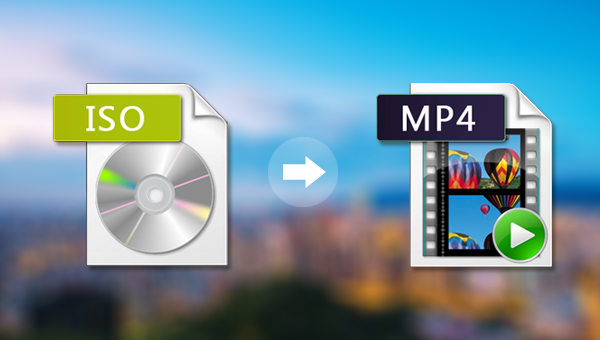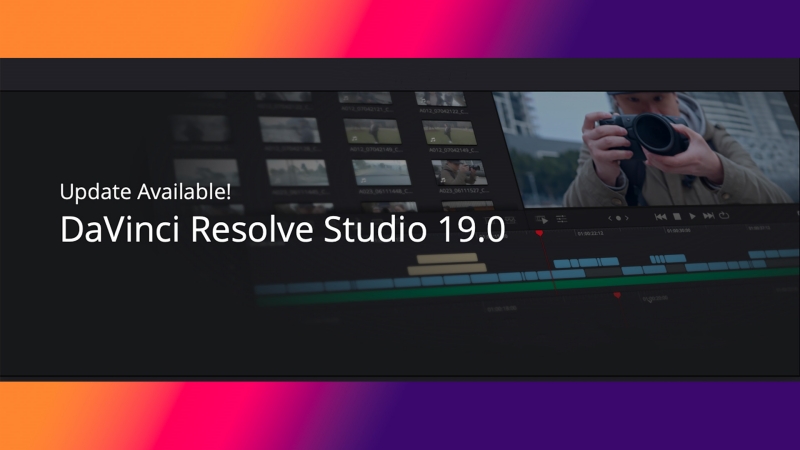Whether you are a beginner or a professional video editor, you all hope to achieve a smooth editing experience and efficient workflow when editing videos. DaVinci Resolve is a powerful video editing software. With its comprehensive editing tools and efficient operation interface, it has become the first choice of many video editors. Although DaVinci Resolve offers a wealth of features, the smoothness of the video may still be affected when editing complex videos or performing high-quality renderings. Therefore, mastering some techniques and methods to improve the smoothness of editing can make your editing work more efficient.
This article will introduce you to how to improve the smoothness of video editing in DaVinci Resolve. Whether by optimizing software settings, hardware performance, or using some simple editing techniques, you can significantly improve your work efficiency and enjoy smoother video editing. experience.
How to make video editing smoother: DaVinci Resolve strategy
1. Optimize DaVinci Resolve settings
DaVinci Resolve offers a variety of settings options to help you improve fluidity during your editing process. With appropriate adjustments, you can reduce stuttering and delays and improve your editing experience.
-Adjust playback settings
Open DaVinci Resolve and go to Preferences .
Under the Playback tab, make sure Optimize Playback Settings is enabled. In this way, DaVinci Resolve will automatically adjust the playback quality according to your hardware configuration to improve smoothness.
You can try adjusting the proxy mode. When processing high-resolution materials, turning on proxy mode (such as Half Resolution or Quarter Resolution ) will reduce the computational burden, thereby improving editing smoothness.
-Enable GPU acceleration
DaVinci Resolve supports hardware acceleration, especially through GPU (graphics card) acceleration, which can significantly improve the smoothness of rendering and playback. Make sure your system can take full advantage of GPU acceleration.
Open Preferences and enter Performance .
Make sure your graphics card is selected in the GPU Processing option (if you have multiple GPUs, choose the one with the strongest performance).
In Decode Acceleration , select the hardware decoder (if supported), which can effectively reduce lagging during playback.
-Adjust cache settings
DaVinci Resolve provides a caching function that can pre-render some complex special effects or transition effects into static files, thereby improving the smoothness of playback and editing.
In Project Settings, select Video and Audio Settings.
Set the cache file type to common formats such as QuickTime or DNxHR . These formats can provide higher decoding efficiency and help speed up playback.
Turn on dynamic caching (Smart Cache) and let DaVinci Resolve automatically determine the parts that need to be cached.
2. Edit using proxy files
When working with high-resolution video footage, such as 4K or 8K video, computer performance may not be sufficient for smooth playback, especially when performing complex special effects or color correction operations. At this time, using proxy files for editing is an effective method to improve fluency.
When importing footage, select Create Proxies .
Proxy files typically convert high-resolution footage to a lower-resolution version (such as 1080p), making playback less dependent on hardware performance and thus improving smoothness.
Once you're done editing, switch back to the original footage for final rendered output.
3. Simplify timeline and editing process
Complex timelines, multiple high-resolution tracks, and numerous special effects can affect the smoothness of your editing. By simplifying your timeline structure, you can improve the flow of your editing process.
-Reasonably allocate material tracks
Reduce unnecessary tracks on the timeline. Try to merge multiple video layers to reduce the number of tracks and reduce the load on the hard disk and processor.
-Turn off unnecessary effects
If you are using a lot of real-time effects or dynamic adjustments, it is recommended to temporarily turn off some unnecessary special effects or animations during the editing process, and then enable them again during the final rendering. Turning off unnecessary effects can reduce the computational burden during editing.
4. Optimize hardware configuration
Although DaVinci Resolve's powerful software features help users edit efficiently, its performance still depends on computer hardware. Optimizing your hardware configuration can effectively improve editing fluency.
-Upgrade memory and hard drive
DaVinci Resolve has high memory requirements, especially when working with high-resolution footage. At least 16GB of RAM or higher is recommended.
Use SSD (Solid State Drive) as your media storage device, which can increase the speed of material reading and reduce lag.
-Choose a high-performance graphics card
For complex color correction and high-resolution video, DaVinci Resolve relies heavily on graphics card performance. Make sure your computer has a high-performance graphics card that supports CUDA or OpenCL acceleration, such as the NVIDIA RTX series.
5. Clean cache and optimize files regularly
As editing work progresses, cached files and temporary files may take up a lot of disk space and affect software performance.
Clean cache files regularly. Under the Playback menu in DaVinci Resolve, select Delete Cache .
After the project is completed, free up storage space by deleting proxy files that are no longer needed.
-
 GIFs are a popular form in social media and content creation today, capable of quickly conveying an interesting emotion or message. And with the help of online tools, you can easily create beautiful GIF files without downloading any software.author:Azura Release time:2024-11-18
GIFs are a popular form in social media and content creation today, capable of quickly conveying an interesting emotion or message. And with the help of online tools, you can easily create beautiful GIF files without downloading any software.author:Azura Release time:2024-11-18 -

How to convert WebP to GIF: Detailed tutorial and tool recommendations
WebP is a modern image format that is widely used for its high compression rate and small file size. However, due to compatibility issues or other needs, many people need to convert WebP format to GIF format. This article will provide you with simple and efficient conversion methods and tool recommendations.author:Azura Release time:2024-11-18 -

How to fix abnormal sound on iPhone? Comprehensive strategy guide
What should I do if my iPhone sounds abnormally? This article details solutions to problems such as external amplifier failure, silent headphones, and low volume. It covers settings adjustment, hardware cleaning, and system update methods to help you easily fix sound problems!author:Azura Release time:2024-11-18 -

How to Extend the Duration of a Title in Filmora: A Simple How-To Guide
Learn how to adjust the duration of video titles in Filmora to ensure your titles appear in your video for longer. Learn the steps and techniques to improve the quality of your video editing.author:Azura Release time:2024-11-16 -

How to Make Money from Walking Videos: Creation and Platform Earning Tips
Learn how to make money shooting and sharing walking videos, whether through YouTube ad revenue, brand partnerships, virtual tours, or online courses to help you achieve creative income.author:Azura Release time:2024-11-16 -

How to Convert ISO Image File to MP4 Format: Simple and Effective Conversion Method
Learn how to convert video content from ISO files to MP4 format. This article will introduce a variety of tools and methods, including the use of popular video conversion tools such as HandBrake and FFmpeg.author:Azura Release time:2024-11-14 -

How to make a video into a GIF: an introduction to simple methods and tools
Learn how to convert videos to GIF, introduce tools such as Giphy, EZGIF, FFmpeg and Photoshop, and teach you how to create high-quality GIF animations.author:Azura Release time:2024-11-14 -

How to add music to videos: 3 easy and effective methods
Adding music to your video is like breathing life into your video, making it more vivid and engaging. This article will provide you with three simple yet effective methods to help you easily add background music to your videos.author:Azura Release time:2024-11-14 -

FFmpeg software download guide: from official website to installation in one step
This article details how to download and install FFmpeg, and provides installation tutorials for Windows, Mac and Linux systems to help you easily start using FFmpeg for audio and video processing.author:Azura Release time:2024-11-14 -

How to Download Videos from Facebook Ad Library: Easy Methods and Tools Tutorial
Learn how to use Video-X-Ware to download advertising videos from the Facebook advertising library and easily obtain creative materials for analysis and reference. Learn about the download steps and related precautions.author:Azura Release time:2024-11-14






